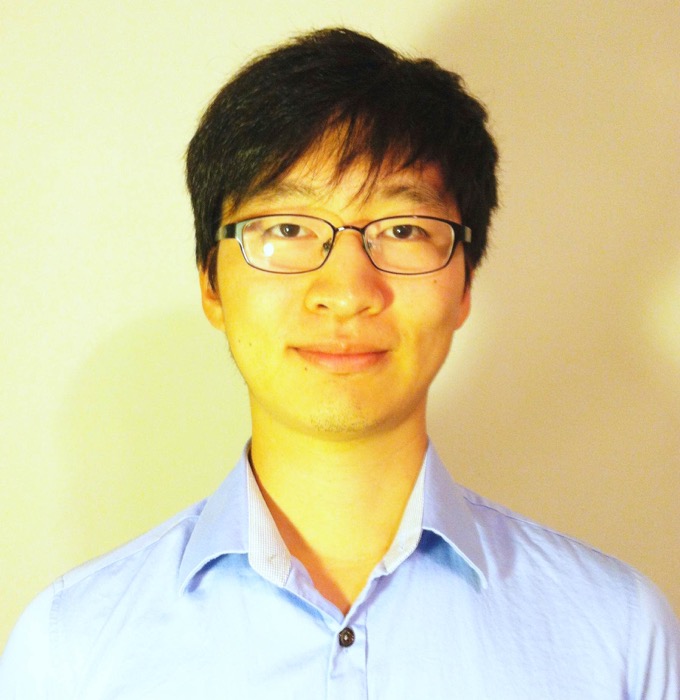Program Information
Initial Investigations of Up-Converting Nanoparticles (UCNP) for 3D Tissue Imaging in Optical-ECT
S Yoon1*, B Langloss2 , M Boss3 , S Birer4 , M Dewhirst1 , M Oldham1 , (1) Duke University Medical Center, Durham, NC, (2) Duke University, Durham, NC, (3) North Carolina State University, Durham, North Carolina, (4) Duke University School of Medicine, Durham, North Carolina
Presentations
SU-G-IeP4-8 (Sunday, July 31, 2016) 5:30 PM - 6:00 PM Room: ePoster Theater
Purpose: Near-IR absorptive up-converting nanoparticles (UCNPs) is a novel contrast for optical-ECT that allows auto-fluorescence-free 3D imaging of labeled cells in a matrix of large (~1cm³) unsectioned normal tissue. This has the potential to image small metastases or dormant cells that is difficult with down-converting fluorescing dyes due to auto-fluorescence. The feasibility of imaging UCNP in agarose phantoms and a mouse lung is demonstrated, aided by a 3D-printed optical-ECT stage designed to excite UCNP in a mouse lung.
Methods: The UCNP, NaYF₄:Yb/Er (20/2%), studied in this work up-converts 980nm light to visible light peaking sharply at ~540nm. To characterize the UCNP emission as a function of UCNP concentration, cylindrical 2.5%wt agarose phantoms infused with UCNP at concentrations of 25μg/mL and 50μg/mL were exposed to 1.5W 980nm laser coupled to an optical fiber. The fiber was held stably at 1cm above the stage via a custom 3D-printed stage. An optically cleared lung harvested from a BALBc mice was then injected with 100μL of 1mg/mL UCNP solution ex vivo. Tomographic imaging of the UCNP emission in lung was performed.
Results: The laser beam tract is visualized within the agarose phantom. A line profile of UCNP emission at 25μg/mL versus 50μg/mL shows that increasing the UCNP concentration increases emission count. UCNPs injected into a cleared mouse lung disperse throughout the respiratory tract, allowing for visualization and 3D reconstruction. Excitation before and after UCNP injection shows the tissue exhibits no auto-fluorescence at 980nm, allowing clear view of the UCNP without any obscuring features such as conventional down-converting fluorescent tags.
Conclusion: We confirm that up-conversion in tissue circumvents completely tissue auto-fluorescence, which allowed background-free 3D reconstruction of the UCNP distribution. We also confirm that raising the UCNP concentration increases emission and that UCNPs are retained in agarose samples during the optical clearing process.
Contact Email:

